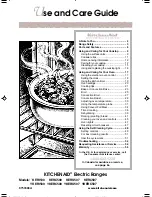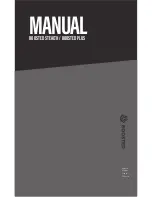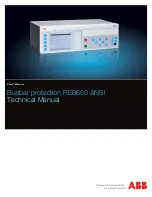
10 - 1
Air Conditioning
The system will not function in very low ambient temperatures, therefore tests should be carried out in a warm environment.
It is recommended that, to locate faults on the system accurately and quickly, an electronic leak detector and a refrigerant
pressure gauge should be used. However, leaks can be detected on the system by using soapy water applied to the
suspected leak area and system pressure can be assessed by the state of refrigerant passing through the receiver drier sight
glass. Following sections of the manual deal with the major components of the air conditioning systems and give further fault
finding and maintenance information.
General Fault Indications
There are several indications that may help to determine the fault area on a system not working efficiently:
a)
Poor performance.
Low system pressure -
Evacuate and recharge system.
Condenser matrix air flow restricted -
Remove debris from around matrix using
compressed air or low pressure water.
Air filter blocked -
Remove and replace.
Compressor drive belt too slack -
Adjust to correct tension.
b)
Warm or slightly cool air
Expansion valve stuck open or closed -
Renew expansion valve.
emitted from unit.
c)
Blower operates on fan
Blower resistor failed -
Renew resistor.
speed 3 only.
Blower motor failed -
Renew complete blower unit.
Blower does not operate.
Fuse blown -
Replace fuse and retest.
d)
Compressor clutch
Condenser matrix blockage -
Remove debris from around matrix/renew
continually cuts out.
condenser.
Overcharging of refrigerant system -
Evacuate and recharge system.
Blocked expansion valve/condenser -
Clear blocked component .
Sight Glass Indications
An approximate indication of the condition of the refrigerant can be seen through the receiver/drier sight glass when the
compressor is running. Refer also to
Service Procedures - Checking Refrigerant Charge Level
.
Clear - No fault indicated unless the system is unable to provide cool air. The indication then is
that the system is completely discharged of refrigerant.
Foam or bubbles - Refrigerant low and in need of charging.
Clouded - Dessicant breakdown in the receiver-drier.
Note
: Sight glass indications cannot always give a positive identification of a problem. Further diagnosis, preferably by a
refrigeration engineer using pressure gauges, is advisable before reaching a definite conclusion.
Section B
9803/3280
Section B
10 - 1
Issue 1
Fault Finding
S201520
















































